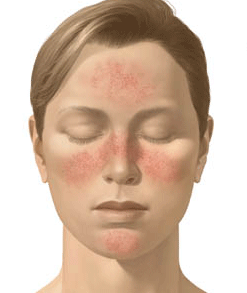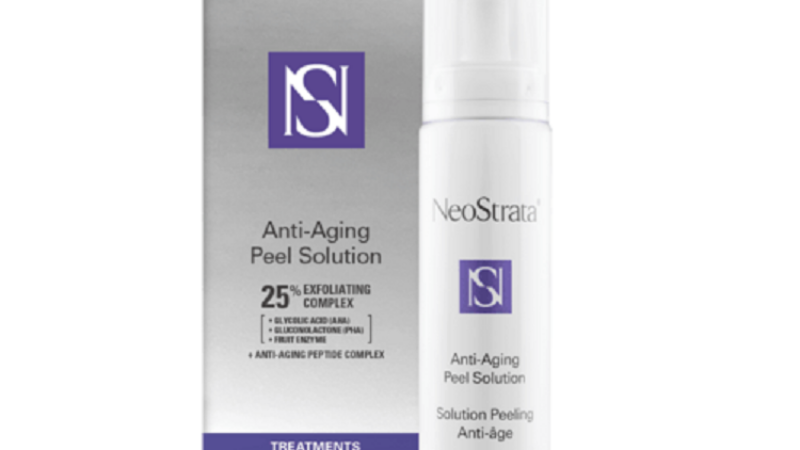Although nobody really knows what causes rosacea, a number of theories exist as to why some individuals are susceptible to developing it. New research may have found some important clues.
Researchers in San Diego discovered that cathelicidin, a protein that naturally occurs in the body, could cause the redness of rosacea. Cathelicidin normally protects the skin from infection. In order to learn why cathelicidin causes redness in people with rosacea, the researchers took skin samples from 11 people with rosacea and 10 people who did not have rosacea. In the skin of every person with rosacea, they found an excessive amount of cathelicidin. They also found an abundance of the molecule that converts cathelicidin from inactive to active. None of the people without rosacea had these excessive amounts.
The team produced excessively high levels of cathelicidin in mice and found that those mice that had the high levels showed signs of rosacea on their skin — redness, visible blood vessels, bumps, and pimple-like lesions. The researchers concluded that the way the body processes cathelicidin determines whether it defends the skin against infection or causes inflammation.
Another team based in New York City discovered that adenosine triphosphate (ATP), a molecule responsible for energy transfer in cells, may play a role in rosacea. ATP is released by the nervous system. And it appears that stress, a common trigger for rosacea, may activate the nervous system to release ATP. The researchers found that when the nerves of people with rosacea release ATP into the skin, a series of unique chemical events occurs. These events eventually lead to the bumps and pus-filled lesions of rosacea.
What The Research Means
While the new research brings us no closer to finding a cause for rosacea, it does suggest that long-term treatment with antiobiotics isn’t necessary. Rather, since inflammation seems to be causing many of the signs of rosacea, treatments that control inflammation should be effective.
Researchers tested this theory by using a non-antibiotic dosage of doxycycline (also known as the anti-inflammatory dosage). They found that it effectively reduced the bumps and pus-filled lesions of rosacea.
More research is needed before these findings can be used to develop treatments for rosacea. For now, you may want to consider using anti-inflammatory solutions such as:
Rosacure – The anti-inflammatory and antioxidant action of this formulation has been shown to reduce redness. Results should become evident within 2 or 3 weeks of application.
Rosaliac Cream or Rosaliac UV SPF 15 – Vitamins B3 and C encourage skin’s defenses against the environmental triggers that provoke outbreaks and visible blood vessels.



